The highest attention it’s required when using a kite. Starting, landing and basically during the use of a kite, to ignore that can be potentially very dangerous. Respect always the basic kitesurfing safety standars.
Remember when you use a kite you are responsible for your own safety and the other people around.
Nobody should use a traction kite flying before receiving professional lessons through a certified kitesurfing school.
The most important thing to remember when kiting is to stay aware and learn to recognize and avoid dangers before they happen. All the kite equipment should always be kept in good condition.
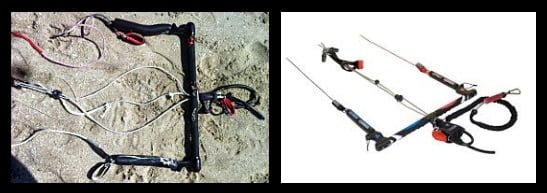
A storm is coming. this is not a good moment for kitesurfing. Never start a kite, during thunderstorms or under stormy conditions with lightning or even in front of wind gales fronts. The risk of injury increases with onshore wind or with increased wind strength and turbulences.

Do not exceed your own abilities and before start your kite session calculate all the risks: weather, obstacles, water condition, etc. Always check the kite spot for shallows, obstacles and currents.
Always check the climatic conditions and choose the right kite size.

Your kite perhaps is too big for the wind conditions? This is evidently a dangerous launch!
Avoid that situation and in any case, be prepared to pull your quick-release system when something goes wrong.
Worn briddles or lines? Immediately replace it for a new one. Your kite lines, depower rope, chiken loop -safety desattachment of the kite- and kite leash must be in good condition, otherwise, we have to replace it as soon as possible.
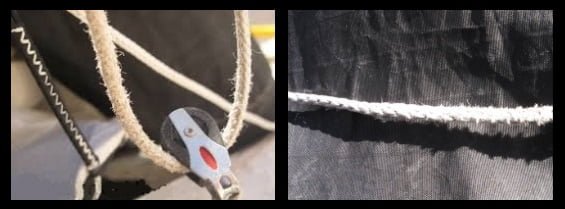
Always check for worn equipment. Especially your depower loop, pulleys, briddles and lines as they are very important for the kite to fly properly and for your own safety. Use only a kite with a fully functional safety system.
Overcrowded beach? … Never try kite surfing if your beach is used by bystanders, swimmers or other beach users
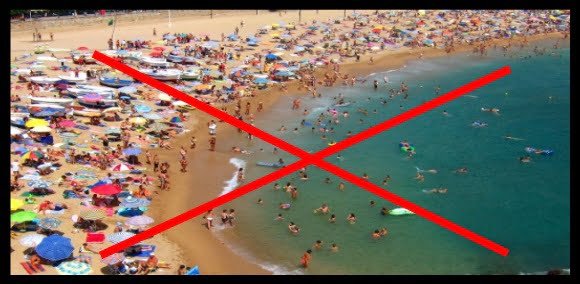
Too little space to launch or land your kite? Find for a more suitable place for it.
Keep a minimum safety distance of two line lengths between yourself and obstacles, trees, rocks, a wall or other beach users.
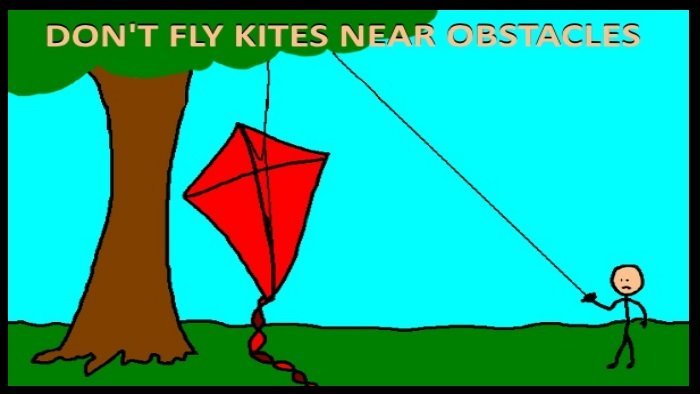
Do not fly your kite in the vicinity of other people or other beach users downwind of were you are.
Lines under tension because the wind pressure inside the kite make of lines to be as sharp as a knife
Never grab the kite through the lines before the kite is properly secured to the ground.
A kite can be dangerous as long as the kite remains connected to the lines and kitebar
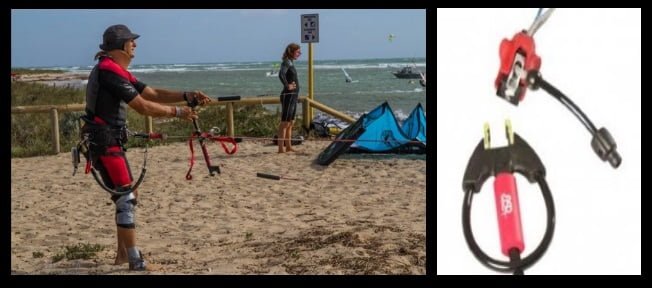
Before launching your kite, practice the correct use of the safety system and later, when launching or landing do not hesitate to activate it in a possible dangerous situation.
If necessary, pull the safety leash if your kite gets tangled with other kite or in case of being dragged by your kite and after making use of your kite release system you still appreciate danger to keep being dragged.

Always wear a helmet and a life jacket. Once in the water, go only as far away from shore as you can swim back.
If possible, try not kitesurf alone. It is very important to be monitorized while you are kiting, or if at least someone is available to help you or ask for help in emergency matters.
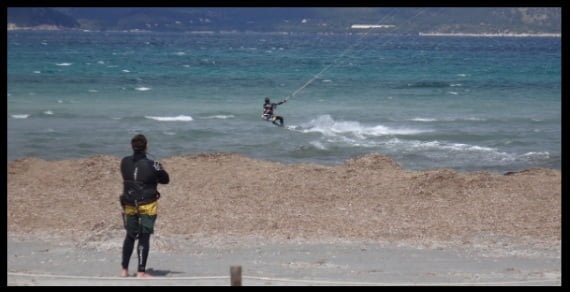
Kitesurf only when you are in good physical condition, if you feel tired, avoid kitesurfing and of course, never kitesurf under the influence of drugs or alcohol.
